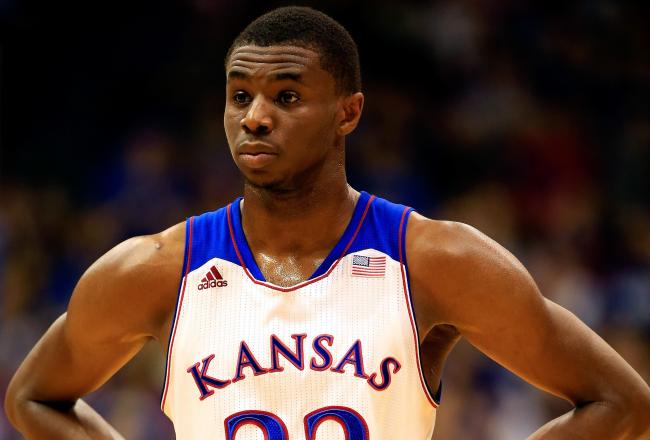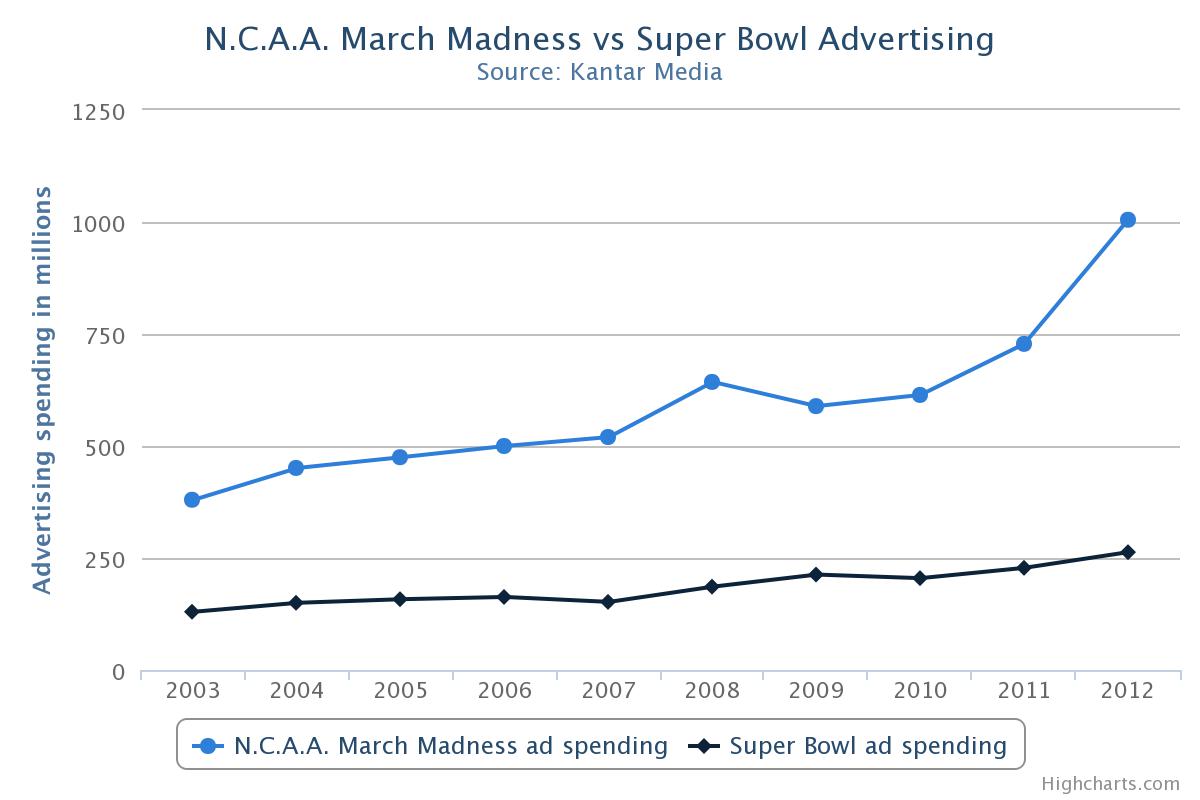
words // Zac Dubasik
If there’s one debate that’s been beaten into the ground, it’s the topic of whether or not college athletes should be paid. But with March Madness now well underway, it’s yet another reminder of what a big business college sports have become.
How big has it become? As of 2012, it was reported that TV ad revenue for the NCAA men’s tournament topped $1 billion. To put that in perspective, total revenue for the NFL postseason for that same time period was $976 million, followed by $536 million for the NBA playoffs, and a mere (in comparison) $354 million for MLB’s playoffs and World Series.

Ad revenue during the tournament isn’t the only way colleges are generating big money off of their athletes. For example, the University of Louisville, the NCAA’s most profitable hoops program, is valued at $39.5 million, most of which is derived from its $21.5 million in donations, combined with $11.5 million in ticket sales for a profit margin of $24.7 million. You probably won’t be surprised at the names of some of the other most profitable programs, like the University of Kentucky ($20.4 million), University of Kansas ($20 million), University of North Carolina ($14.8 million) and Duke ($10.6 million).
 And with all that money flying around, how much do the athletes themselves get? You know, the people that make this event worth watching? You already know the answer to that. Not a cent.
And with all that money flying around, how much do the athletes themselves get? You know, the people that make this event worth watching? You already know the answer to that. Not a cent.
While ads, donations, and ticket sales are all big money makers for universities, there’s another area that directly relates to the sneaker world. Sneaker and apparel contracts can be another lucrative revenue stream. Not only do some schools receive gear, but many bigger schools also receive cash as part of their deals. In other words, at least some colleges are raking in millions, while their players serve as literal billboards for products they have no say over, wearing logo-clad footwear and uniforms.
This practice brings up a number of issues. First, and on a less serious note, it presents potential recruiting advantages. Elite schools having the latest and greatest gear will offer extra incentive for potential recruits. While that doesn’t necessarily directly relate to the athletes-getting-paid debate, it does bring up another potential area for abuse.
But the bigger issue is that these contracts are negotiated not with the interests of the athletes in mind, but based on money – money in which the athletes share no part of. And not only do they not receive any money for these endorsement deals, they’re then obliged to wear a particular brand which they may or may not want to help advertise.
Say you grew up wearing adidas, like the way they fit your feet, and feel confident playing in them. If you want to continue playing in adidas, you’d need to choose a school that has a contract with them – which goes back to the recruiting issues. This all returns to one thing though: college sports are big business. And the most important asset that business possesses, the athletes, are uncompensated, while universities profit not on the educations they provide, but the entertainment they facilitate.
There’s always the counter argument that the students receive a free education and room & board in return for their athletic services, but even with the ever-increasing tuition prices, that hardly evens out. Also, many of the top athletes, especially basketball players, only spend a short amount of time actually in school. While that’s certainly their own choice to leave early, wanting to share in the profit they’re generating is a pretty good incentive to move on. Were college athletes able to get paid, it could have the side effect of offering these players incentive to stay in school longer, which seems like a win-win scenario.
